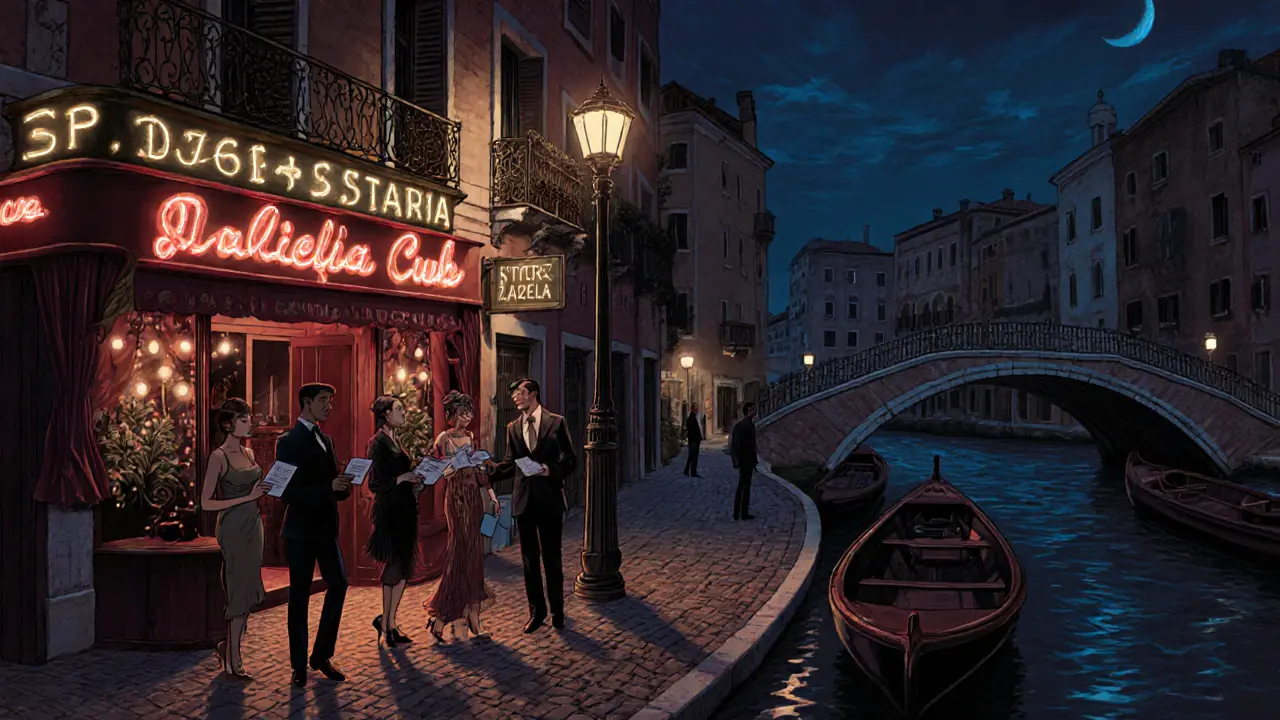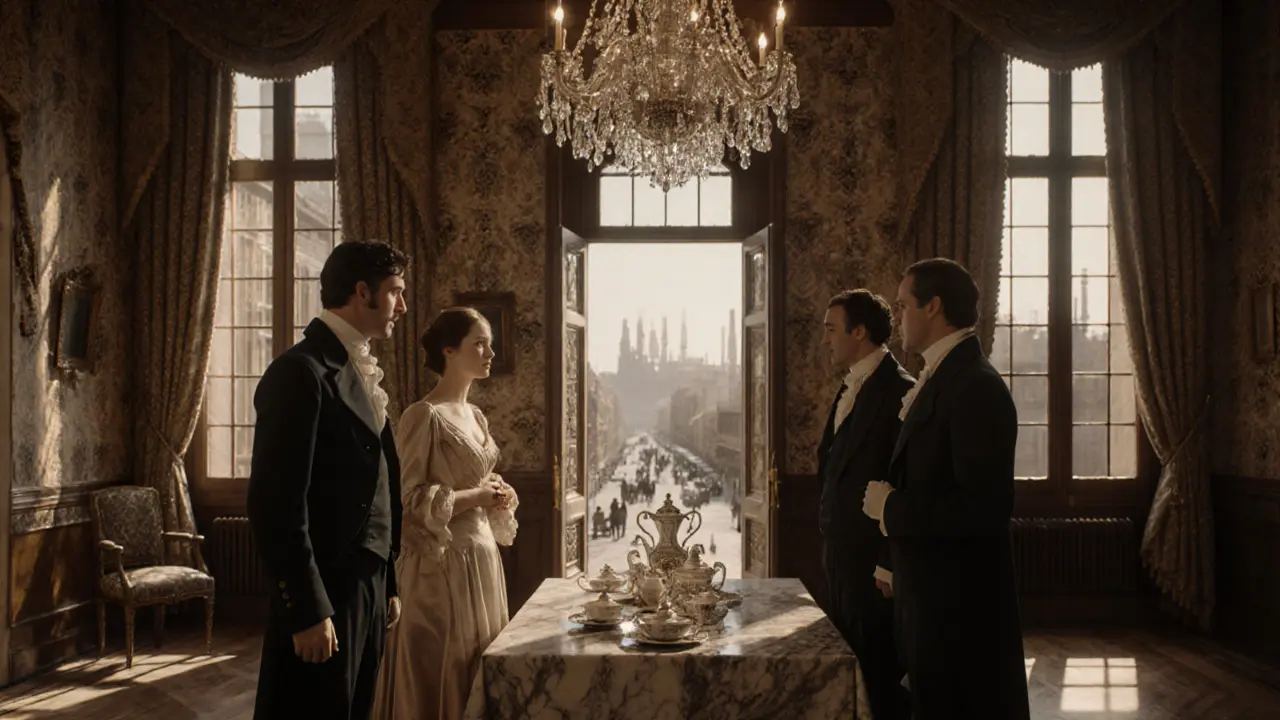When people talk about escorting in Milan a unique blend of tradition, law, and nightlife that has evolved over two centuries, they are really looking at a slice of the city’s social fabric. From the bustling cafés of the 1800s to the sleek digital platforms of 2025, the story is full of twists that mirror Italy’s broader cultural shifts. Below is a quick snapshot before we dive deep.
Key Takeaways
- Escorting in Milan dates back to the early 1800s, linked to the city’s rise as a commercial hub.
- Legal reforms in the 1990s reshaped how services operate, pushing many activities online.
- The Navigli district has been the unofficial epicenter of adult entertainment since the post‑war era.
- Modern escorting now intertwines with tourism, luxury hospitality, and digital matchmaking.
- Future trends point to tighter regulation and a stronger focus on safety and consent.
1. Early Roots: 19th‑Century Milan
Milan in the 1800s was a booming industrial city. The influx of merchants and railway workers created a demand for companionship services. At that time, the practice was loosely called "cortigiane" and operated out of aristocratic salons and modest boarding houses. Italy had no specific statutes, so the activity blended into the broader concept of prostitution that existed in many European cities.
2. Interwar Period and the Rise of the Red Light District
After World War I, Milan’s nightlife shifted toward the Navigli canal area. The district’s bars, jazz clubs, and restaurants attracted both locals and foreign visitors. Escort agencies began to formalize, using printed cards and newspaper ads. This era also saw the first municipal attempts to regulate street‑level activities, though enforcement was inconsistent.
3. Post‑World War II Boom (1945‑1960)
The post‑war economic miracle turned Milan into Italy’s fashion capital. Wealthy businessmen and Hollywood stars visited the city, fueling demand for high‑end companionship. Escort services moved into upscale hotels and private apartments, offering a discreet alternative to street‑level prostitution. The government introduced the 1958 "Public Decency" ordinance, which targeted visible street solicitation but left indoor services largely untouched.

4. The 1970s‑80s: Legal Gray Zones and Cultural Shifts
The 1970s brought social liberalization and a growing feminist movement. While some activists condemned the industry, others argued for the rights of sex workers. In 1975, a landmark court case in Milan classified escorting as a service rather than prostitution, allowing agencies to operate under business licenses. However, the 1980s saw a surge in organized crime infiltrating the market, prompting a crackdown in 1989 that targeted illegal brothels and forced many agencies to go underground.
5. The 1990s‑2000s: Digital Revolution and Regulation
Italy’s 1990s legal reforms introduced the 1994 "Law on Adult Entertainment," which required agencies to register, maintain health checks, and display a visible licence. This brought legitimacy to many operators but also increased overhead. At the same time, the internet exploded. Early websites listed profiles with photos and rates, dramatically expanding the client base beyond Milan’s borders. The shift to digital reduced street presence and made the industry more transparent.
6. The 2010s‑2025: Modern Landscape
Today, escorting in Milan is a sophisticated blend of online platforms, boutique agencies, and luxury hotel collaborations. The city’s reputation for fashion and design attracts affluent tourists, making escort services a niche part of the tourism economy. Safety protocols now include mandatory background checks, consent training, and digital payment systems that protect both parties. The Milan escorting history has thus become a case study in how traditional adult entertainment can adapt to modern expectations.

7. Impact on Nightlife and Tourism
The synergy between escorting and Milan’s nightlife is undeniable. High‑end clubs in the Porta Nuova district often partner with agencies to offer exclusive experiences. Hotels such as the Four Seasons and Armani provide discreet concierge services that can arrange companionship, positioning the city as a destination for both business and pleasure travelers. According to a 2023 tourism report, 12% of luxury hotel guests in Milan requested such services, contributing an estimated €45million to the local economy.
8. Looking Ahead: Trends and Challenges
Future developments are likely to focus on stricter regulation, especially concerning digital data privacy and consent verification. The European Union’s upcoming "Digital Services Act" may impose new compliance requirements on escort platforms. Simultaneously, advocacy groups are pushing for better health and safety standards, echoing the global movement toward de‑stigmatizing sex work. If Milan continues its pattern of adaptation, the industry will remain a dynamic, albeit contested, part of the city’s cultural tapestry.
Timeline of Key Milestones
| Period | Event | Impact |
|---|---|---|
| 1800‑1850 | Emergence of "cortigiane" in aristocratic salons | Set foundation for organized companionship |
| 1920‑1930 | Growth of Navigli as informal red‑light hub | Created geographic focal point |
| 1958 | Public Decency ordinance | Regulated street solicitation only |
| 1975 | Court ruling classifies escorting as a service | Allowed licensing of agencies |
| 1994 | Law on Adult Entertainment enacted | Mandatory registration and health checks |
| 1998‑2005 | Rise of online escort platforms | Expanded market reach globally |
| 2020‑2025 | Integration with luxury hospitality & digital safety tools | Modernization and economic contribution |
Frequently Asked Questions
Is escorting legal in Milan?
Yes, escorting is legal provided the service operates under a registered agency, follows health‑check regulations, and complies with local zoning laws. Street‑level prostitution remains illegal.
How has the internet changed escorting in Milan?
The internet shifted the market from physical ads and street zones to searchable profiles, secure payment systems, and verification tools. It broadened the client base and increased transparency.
What role does the Navigli district play today?
Navigli remains a cultural hotspot with bars and clubs that partner with boutique agencies. While the street trade has faded, the area still hosts many networking events for the adult entertainment sector.
Are there safety standards for clients and escorts?
Registered agencies must conduct background checks, provide consent training, and ensure health screenings. Digital platforms add encrypted messaging and secure payment to protect identities.
How does escorting contribute to Milan’s economy?
The industry supports hotels, luxury restaurants, and nightlife venues. Recent estimates suggest it adds roughly €45million annually, mainly through high‑end tourism and related services.
